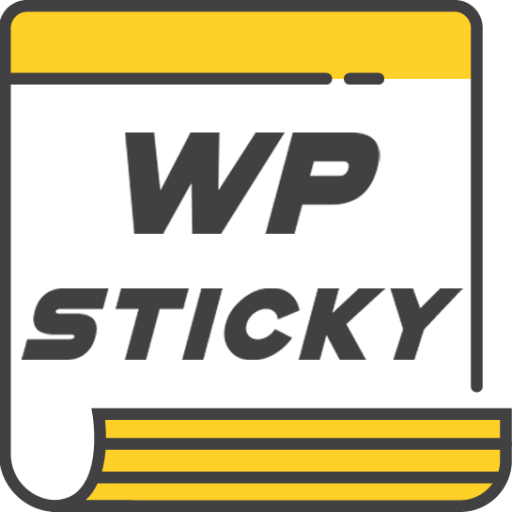Amid increasing demand for multilingual content, efficiency in translation is more crucial than ever before. In 2025, organizations of all sizes rely heavily on smart language tools to streamline global communication. Among these, Translation Memory (TM) stands out as a game-changer by improving quality, reducing costs, and accelerating turnaround times.
What Is Translation Memory?
Translation Memory (TM) is a linguistic database that stores previously translated texts in segments, typically full sentences or phrases. These segments are reused in future translations where repetition or similarity occurs. Unlike machine translation, TM consists of human-verified translations, offering reliability and consistency over large volumes of content.
Each entry in a TM database generally contains:
- The original language segment (source text)
- The translated segment (target text)
- Metadata such as language pair, author, and timestamp
This architecture enables an organization to dramatically reduce repetitive translation work, ensuring cohesive language use across all documents.
Why Organizations Need Translation Memory in 2025
As global organizations publish more content across diverse channels – from websites to software interfaces – maintaining consistency and speed becomes a strategic advantage. Here’s why TM is essential in 2025:
- Cost Reduction: By reusing previously translated content, organizations can cut down new translation workloads and associated costs.
- Consistency: TM ensures consistent terminology and phrasing, especially for industries like healthcare, legal, or manufacturing with strict terminology requirements.
- Faster Time-to-Market: Speed matters. TM enables quicker updates and product launches in multiple markets at once.
- Collaboration Efficiency: Teams distributed across the globe can reference the same TM, eliminating redundancies and miscommunications.

How Translation Memory Works in Practice
When a translator works with Computer-Assisted Translation (CAT) tools, the TM scans new content and highlights matching or similar segments from its database. These matches are categorized as:
- 100% Match: The new content matches exactly a stored segment. Fully reusable.
- Fuzzy Match: The content is similar but not identical. Translator can adjust it accordingly.
- No Match: The segment is new and must be manually translated, which is then saved for future use.
This ongoing learning cycle means the value of a TM grows exponentially the more it is used.
Choosing the Right Translation Memory Tool
2025 offers a range of cloud-based and locally-installed TM tools that integrate with broader translation management systems (TMS). When selecting a solution for your organization, consider the following:
- Compatibility: Does it support the languages and file types you work with?
- Scalability: Can it grow with your content and team size?
- Security: Does it provide encryption and access control for your sensitive data?
- Integration: Does it work with your existing CMS, project management or localization tools?

Best Practices for Maintaining an Effective Translation Memory
Even the best TM tool needs human oversight and good practices to stay efficient and accurate over time. Here are key tips:
- Regular Maintenance: Remove outdated or inaccurate entries to prevent confusion or quality issues.
- Segment Optimization: Ensure segmentation rules are predefined and apply best practices, especially for complex languages.
- Quality Control: Only approved translations should enter your TM. Automate quality checks if possible.
- Terminology Management: Combine TM with a glossary or termbase to ensure correct term usage.
The Future of Translation Memory
As AI and machine learning continue to evolve, TM will become even smarter. Advanced tools now use AI not just for storing matches, but also for predicting context-sensitive alternatives. Additionally, real-time collaborative translation and cloud TMs allow for multiple linguists to contribute to and benefit from a common knowledge base simultaneously.
Looking ahead, the convergence of TM with AI, predictive analytics, and natural language processing will redefine how multinational organizations approach content localization. By adopting TM today and evolving with it, organizations can position themselves at the forefront of global communication tomorrow.
Conclusion
With its proven ability to enhance quality, speed, and cost-effectiveness, Translation Memory is no longer optional but essential for any organization dealing with multilingual content. As the digital world continues to expand globally, TM equips companies with the tools they need to speak to audiences in every corner of the planet—clearly, and consistently.
